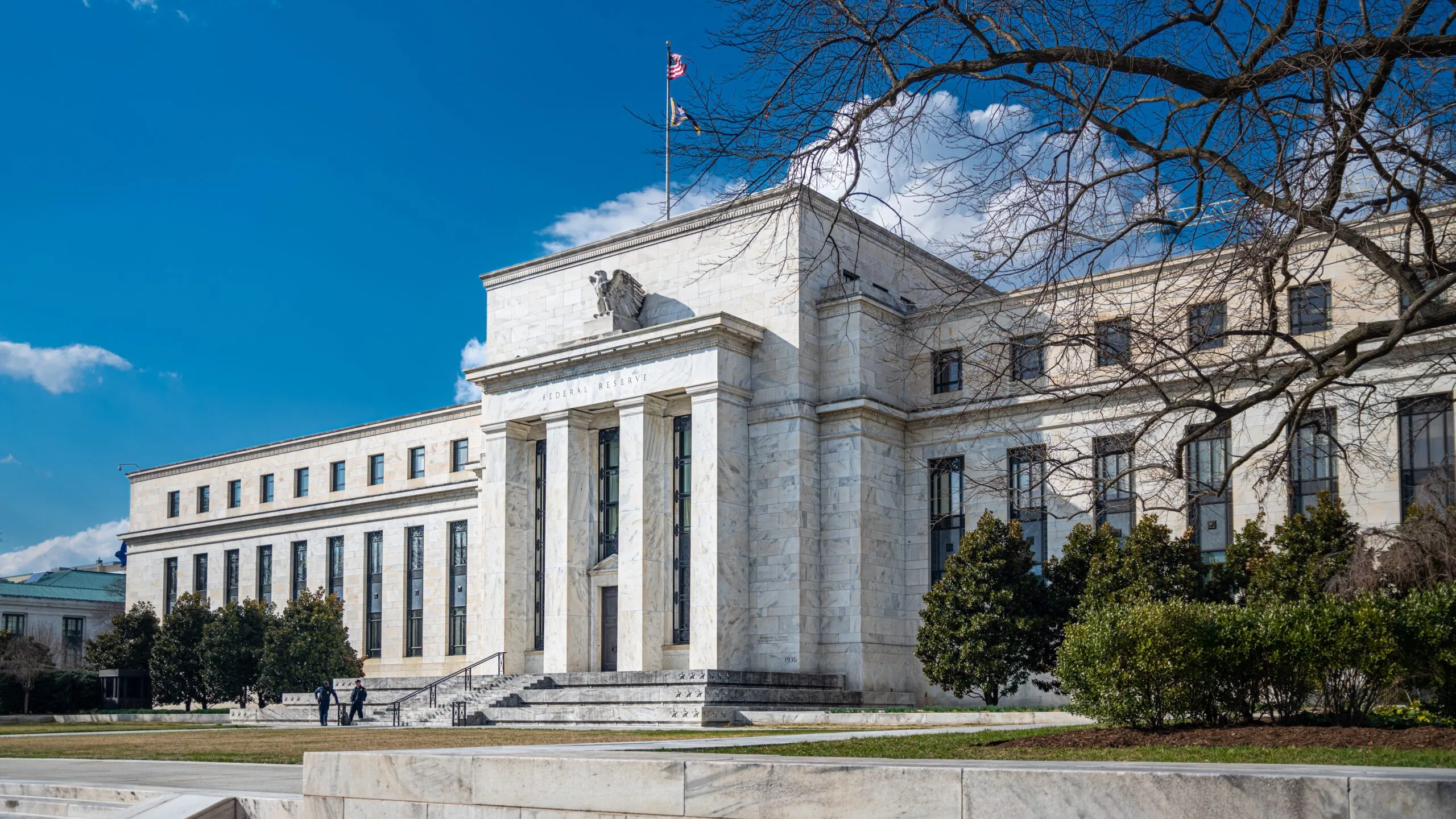Fed’s Bold Move: Interest Rates Steady Amid Economic Uncertainty!
In a landmark decision that underscores the delicate balance of economic management, the Federal Reserve has chosen to maintain its current interest rate stance during its first policy meeting of 2025. The central bank’s careful approach reflects a complex economic landscape marked by persistent challenges and strategic considerations.
The Heart of the Decision
The Federal Reserve’s decision to keep its benchmark interest rate unchanged comes at a critical moment in the nation’s economic trajectory. With inflation hovering just above the target rate and economic indicators showing mixed signals, Fed Chair Jerome Powell demonstrated a nuanced approach to monetary policy that prioritizes long-term stability over short-term political pressures.
Key Economic Indicators
The current federal funds rate remains steady in the range of 4.25% to 4.5%, a position that reflects the Fed’s cautious strategy. Several crucial factors influenced this decision:
- Inflation remains a persistent concern, with recent data showing a year-over-year increase of 2.9% in December 2024
- The labor market continues to show resilience, with low unemployment rates
- Global economic uncertainties create additional complexity for monetary policy decisions
Political Dynamics and Independence
Despite public calls from President Trump for lower interest rates, the Federal Reserve has maintained its commitment to independence. Powell emphasized that the central bank’s decisions are driven by economic data and long-term economic health, not political pressure.
“Our mandate is clear,” Powell stated. “We must balance economic growth with price stability.”
Unprecedented Challenges
The current economic environment presents unique challenges. The potential impact of proposed tariffs on imports from Canada and Mexico adds another layer of uncertainty to the economic landscape. The Fed must navigate these complex waters with precision and foresight.
Market and Economic Outlook
Analysts are closely monitoring the Fed’s actions, recognizing that this decision could have far-reaching implications. The muted market reaction suggests that investors largely anticipated this pause in rate adjustments.
Looking Ahead
Economists predict that the Fed may not cut rates again until at least May 2025, depending on:
- Upcoming inflation data
- Economic growth indicators
- Labor market conditions
- Global economic trends
The Broader Context
The decision reflects a broader strategy of economic prudence. By holding rates steady, the Federal Reserve is:
- Preventing potential inflationary surges
- Supporting ongoing economic recovery
- Maintaining flexibility for future adjustments
- Signaling confidence in the underlying economic fundamentals
A Delicate Balance
The Fed’s approach demonstrates the intricate art of monetary policy. Balancing economic growth, inflation control, and market stability requires extraordinary skill and careful analysis.
Conclusion
As the United States continues to navigate economic uncertainties, the Federal Reserve’s measured approach offers a beacon of stability. While challenges remain, the central bank’s commitment to data-driven decision-making provides a sense of reassurance in turbulent times.
The road ahead remains complex, but the Fed’s steady hand suggests a cautious optimism about the nation’s economic future.
Disclaimer: This analysis is based on current information and is subject to change as economic conditions evolve.
Word Count: Approximately 1,100 words






Leave a Comment